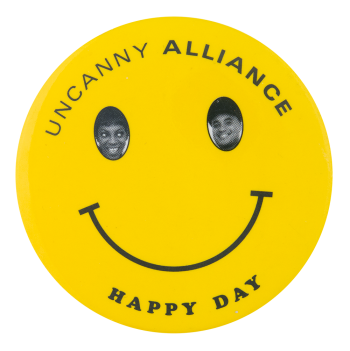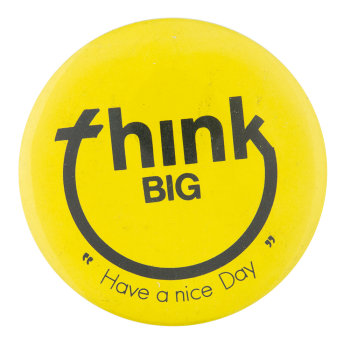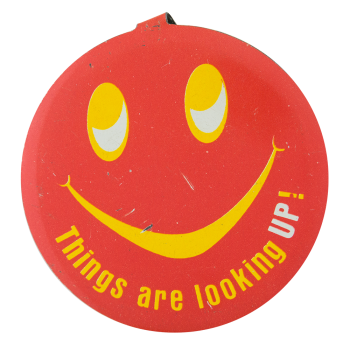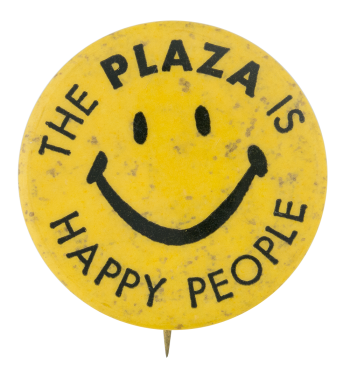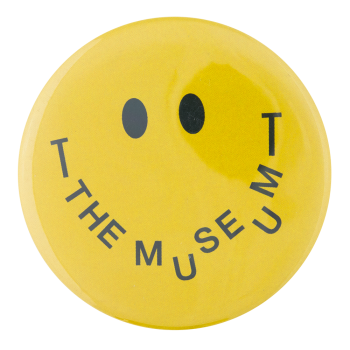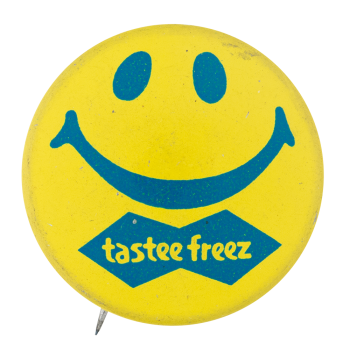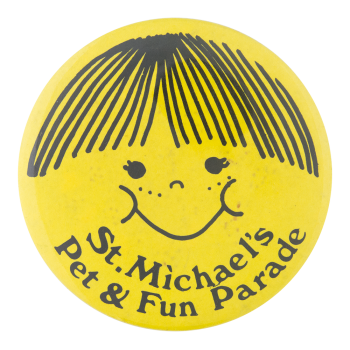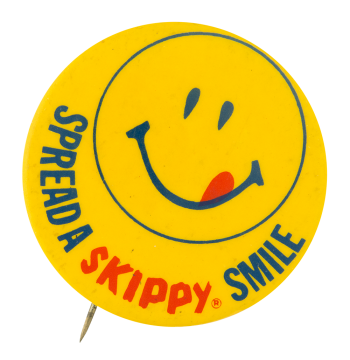Uncanny Alliance
| Category | |
|---|---|
| Additional Images | |
| Sub Categories | |
| Text on Button | UNCANNY ALLIANCE HAPPY DAY |
| Image Description | Traditional yellow smiley face design but with two black and white photographs of people's heads as the eyes and with black text above and below the face |
| Back Style | |
| The Shape | |
| The Size | |
| Year / Decade Made | |
| Additional Information | Uncanny Alliance was an American house music group of the 1990s which included Brinsley Evans and E.V. Mystique. Their song “Happy Day” was featured in the movie Happy Gilmore. The classic yellow smiley face is comprised of a yellow circle, two black dots for eyes and a black arc ending in serifs for a mouth. It was designed in 1963 by by commercial artist, Harvey Ross Ball. Ball was commissioned by The State Mutual Life Insurance Company to create a happy face to raise the morale of their employees. His version was created in 10 minutes. The design was printed onto more than 50 million buttons. Neither Ball nor the company copyrighted this smiley, so it was continually used by other businesses in their promotions. |
| Catalog ID | SM0053 |

